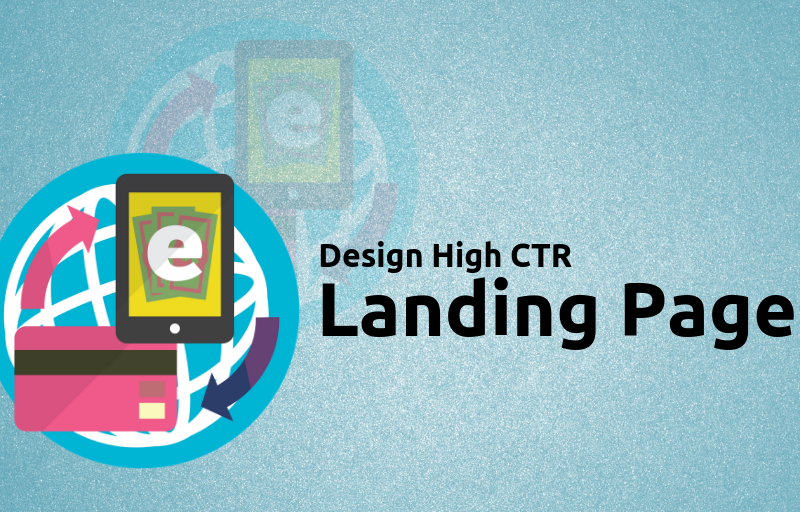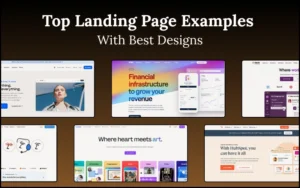Want to know how to build a high converting landing page? For a business website, landing pages are nothing less than a knight with fascinating offers and deals. Despite the importance of such pages, there is no shortage of people taking them for granted. Surely, the reasons for this understatement are enough.
When it comes to designing a landing page with the aim of obtaining a considerable number of click-through rates, newbies take the entire process as nothing less than rocket science. However, in reality, it is not as difficult as it may appear to be.
To tell you the truth, a landing page comprises something much more than good looks and appearance since it is the one that offers what your customers are really looking for. So, how can you simplify the process and unbridle your landing page to fascinate the world? In this blog we will uncover how to build a high converting landing page.
Here are some considerable tips that will surely assist in designing a landing page with a high CTR. But, before that, let’s know a bit more about this concept.
Table of contents
What is a Landing Page Click Through Rate?
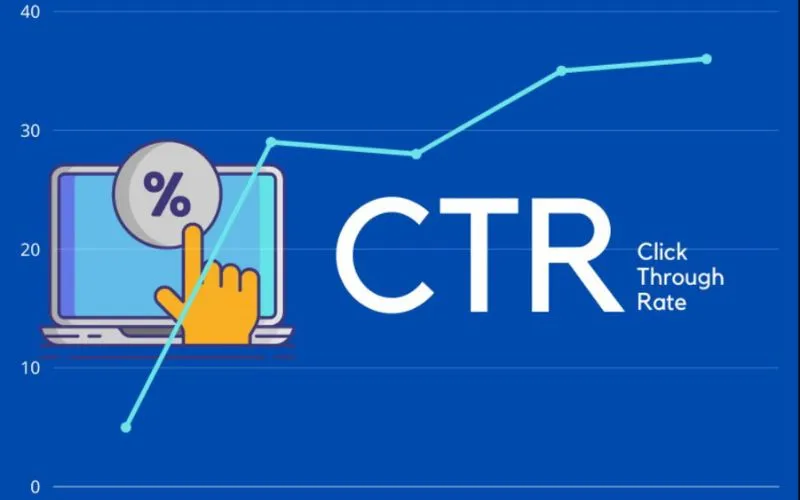
A click-through landing page is exactly what the name suggests. Dissimilar to a lead generation page, this one doesn’t convert instantly; rather, very convincingly, redirects visitors to another page that is responsible for actual conversion.
Generally, a landing page CTR is used in an e-commerce funnel. Such kind of page is meant to define details of a product to convince visitors so that they can be converted into customers. Although, it may sound simple, however, it is all about making the page impressive enough to reassure visitors that they have made the right choice. And then, correctly optimizing this page is way more essential than you may think.
How to Design Landing Pages For High CTR & Conversion Rates:
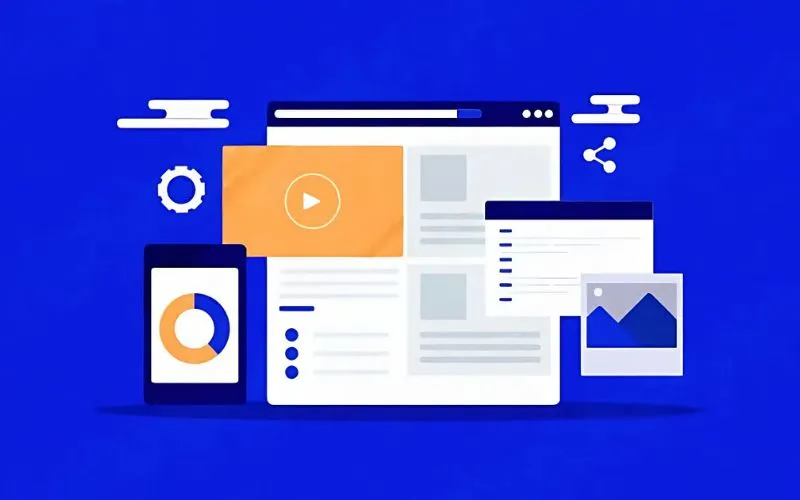
First Impression Counts:
A recent study reflects that it takes a mere 2.6 seconds for a user to decide upon the impression of a web page. In fact, in many instances, even this time span can be decreased by users. Thus, you must keep in mind that you don’t have enough time to attract a wide range of audience.
Since visitors are not going to stay for long on your website; hence, you must make the first impression worth it. With a landing page, appealing the audience becomes a tad bit easier. Therefore, keep your objectives clear.
If all you want is to make your visitors stick around and convert, then keep the structure in such a manner that will help accomplish your goals. And, for that, make sure the design is piquing their interest.
Also read: How conversion-focused landing pages help a business?
Make Use of What is Selling the Most:
If you want a higher click-through rate, then design high converting landing pages with such elements that can grasp users’ attention instantly. If you aren’t aware of the fact, then you must know that videos, images, and graphics are what can attract your visitors and can even persuade them to take action.
The primary reason behind this is the better response rate that visual information obtains in comparison with the text information. Hence, if you can figure out what is it that attracts your set of the audience the most, you can then provide them with the positive user experience.
These days, apart from the traditional visual element, hand-made illustrations and Gifs are making enough buzz. So, if you don’t want to publish images or simple videos, you can provide a unique tinge to your landing pages.
Check out this blog to learn about best practices for website design.
Create High Converting Landing Pages With Attractive Content:
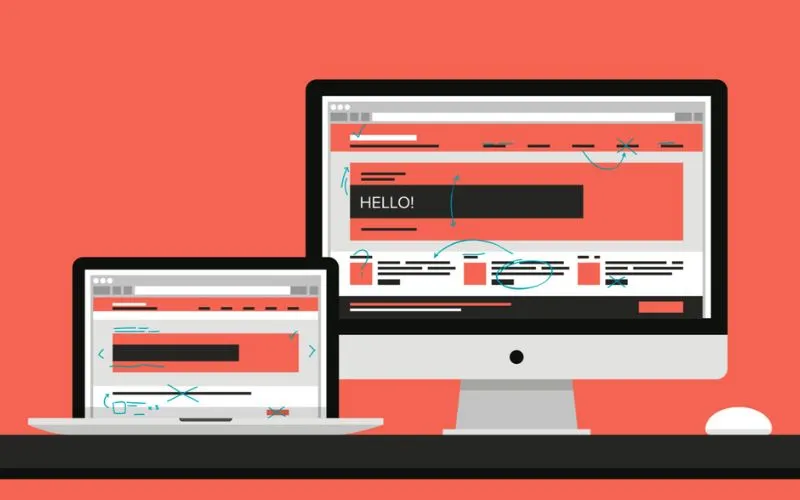
Despite the preference that visual content procures over text, this doesn’t give you any reason to eradicate the latter aspect from your landing pages completely. However, if you want to obtain high CTR through these pages, then you would have to add something different than the usual content.
Not just your headline should be making your visitors’ eyes glued to the screen, but your subheading or body text should be similarly capturing their attention. If you’re looking forward to providing an amazing punch to your landing page, then make it through content.
Also, don’t forget the persuasiveness in the content. Though you must keep the headline as precise and succinct as possible, however, when it comes to subheadings, then try and give as much detail as you can but in a limited context.
Also read: Design Tips To Build A High Converting Landing Page
Explanation Can Be Crucial:
To gain a higher rate of click-through, you must make the information about your products or services as clear as possible. After all, if your target audience doesn’t understand about your brand or your offering, there would be higher chances of losing them.
Therefore, providing a straightforward and point-to-point explanation is important. If you are just putting up a simple product or a service on the landing page, displaying a headline along with a subheading can be sufficient.
However, regardless of how you’re trying to explain, you must keep in mind:
- You can either integrate the explanation with a headline or can keep it separate
- Make the explanation benefit-oriented and make it favorable for customers
So, you don’t necessarily have to add a chunk of text to explain something. You can even achieve it through a paragraph or two.
Targeting the Pain Point:
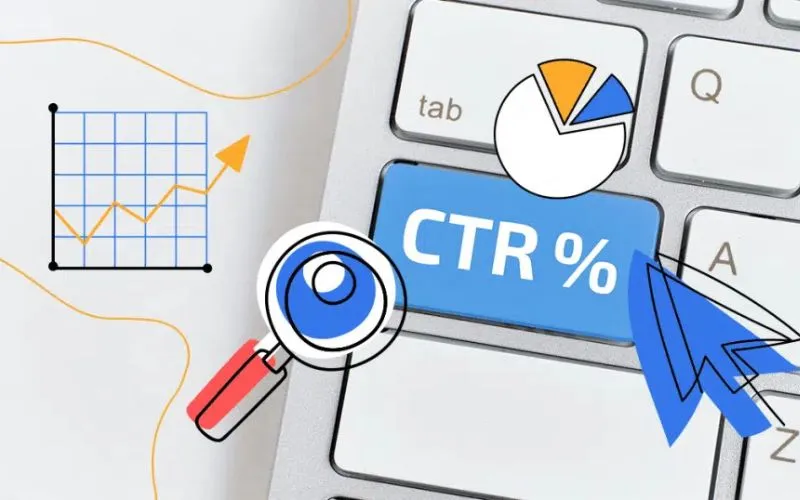
When talking about pain point in context to design landing pages, there might be several interpretations regarding this concept. Psychologically speaking, humans are bound to avoid painful situations.
So, if you think your products or services can help them alleviate pain in some of the other way, you should highlight that concept on your landing page. It’s one of the effective strategies that can compel visitors to think about the problems they are facing and how your provided solution can help them out. For that:
- Not just talk about what they are going to gain, but instead, also highlight what they might end up losing by not taking your product or service.
- You may even consider applying references to pain points in the copy remainder or testimonials. If it comes from another human, it automatically becomes more effective.
- Don’t forget to offer a significant solution that can help them get rid of the pain. Make your product or service an antidote.
Basically, illustrate the pain that your audience might be facing. And then, come up with a conclusion stating how your products or services can be the ultimate answer for them.
Also read: Best Practices in Responsive Landing Page Creation for Beginners
Put Different Methods to Contact:
If your business is legit, then make it clear to your audience through your high CTR landing page. Most of the persuasive landing pages have showcased different methods through which the audience can get in touch with them.
It can include a contact form, physical address, phone number, and email id. Not just that, but some landing pages even have a popup where representatives ask if the visitor needs some help. Such techniques can help to strengthen the trust among your audience and can even eradicate the problems that may arise in the conversion funnel.
Here is what you should keep in mind:
- Basically, assure your visitors that you are for real by including your office’s address and a working phone number
- You can even think of adding a live chat feature in a popup. However, if you opt for it, dig up some facts, do your research, and then make it look convincing.
Also read: Generate More Leads With A High Converting Landing Page
Conclusion: Elements Of A High Converting Landing Page
A responsibility to design landing pages is huge in itself. On top of that, if you expect high click-through rates, the standard even becomes higher. So, it’s always recommended to walk on the right path after conducting proper research. You can also try to show exit popup for converting more leaving visitors into sales.
You can refer to the points mentioned above while designing a landing page. However, if you are a novice, you can even think of taking professional help from experts like Pixpa.com. Regardless of the method you choose, make sure you are keeping your visitors in mind while developing a landing page. Because, at the end of the day, it would be all for them, right? We hope you have now understood how to build a high converting landing page.
Like this post? Check out more amazing web design content here.
